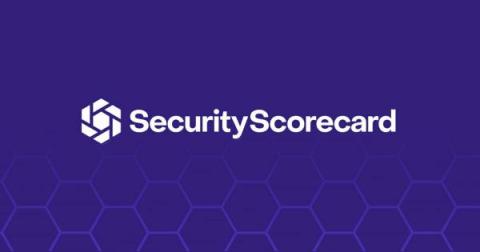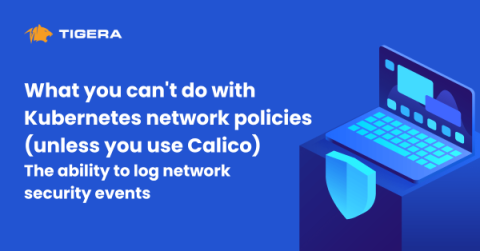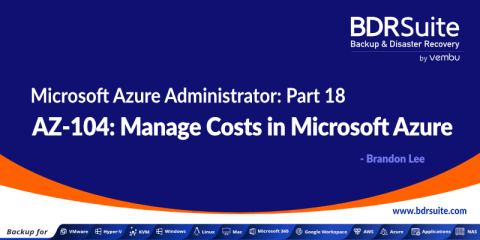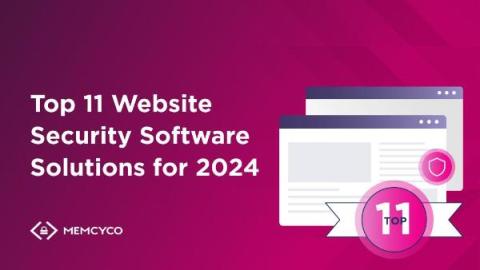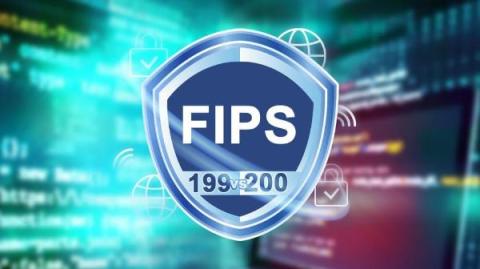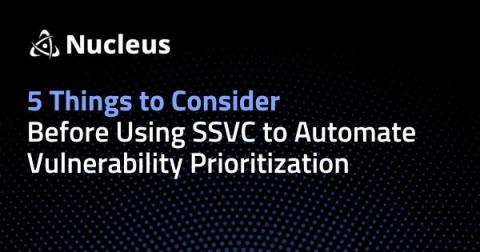Trustwave SpiderLabs: Ransomware Gangs Dominate 2024 Education Threat Landscape
The security teams manning the defenses at the higher education and primary school system levels often find themselves being tested by threat actors taking advantage of the sector's inherent cyber weaknesses, especially when it comes to ransomware.



